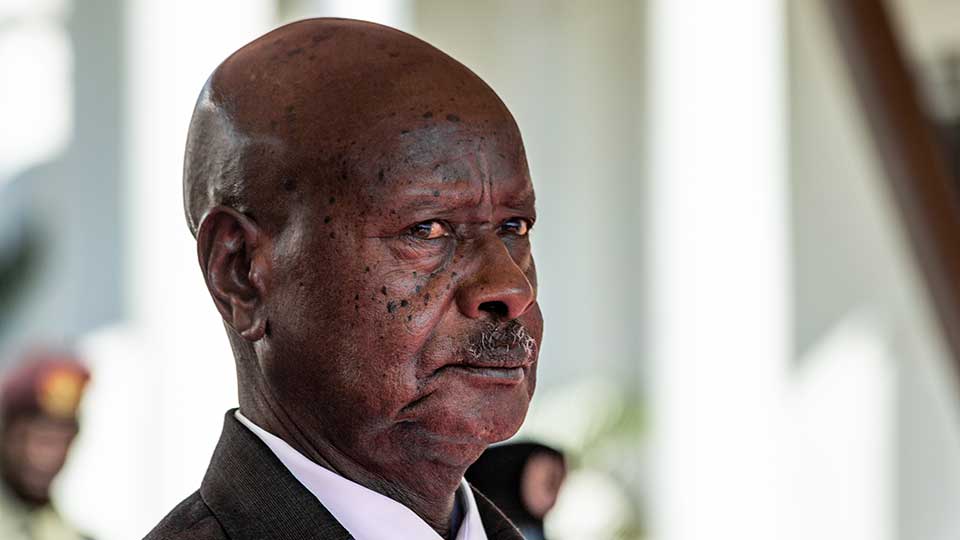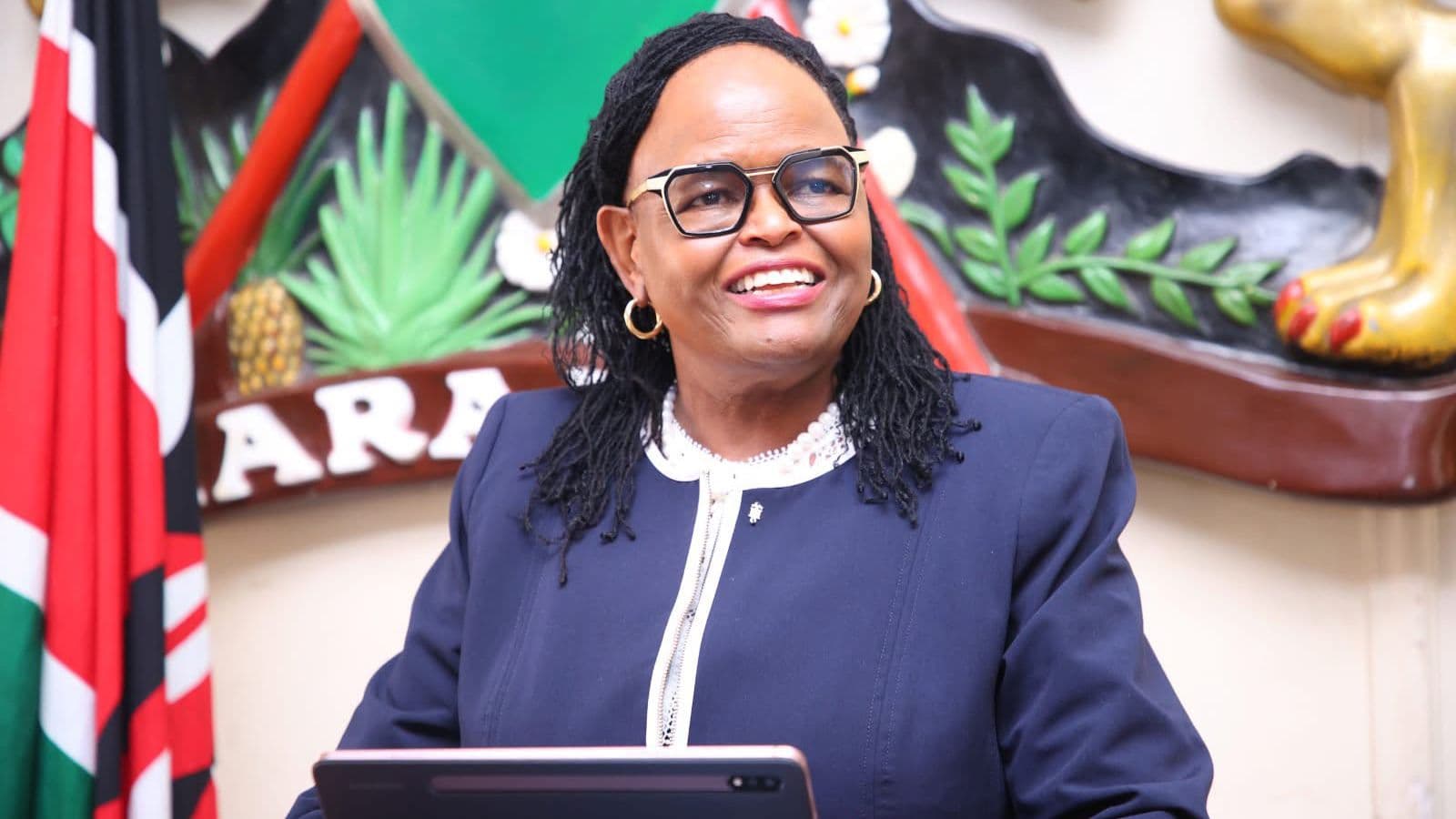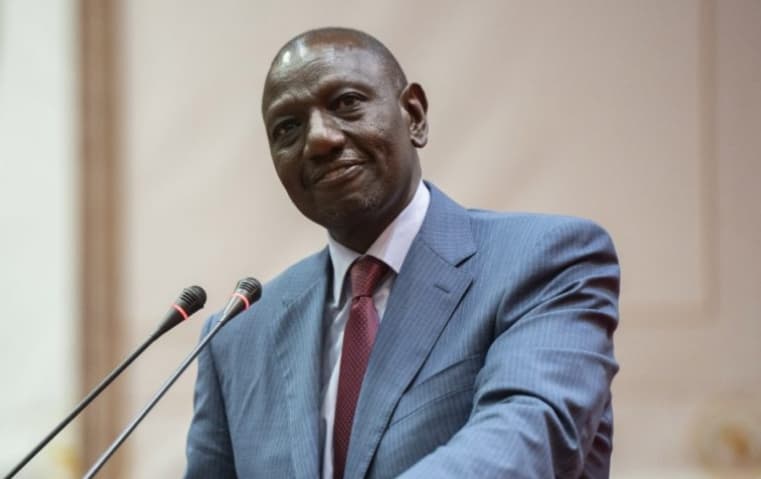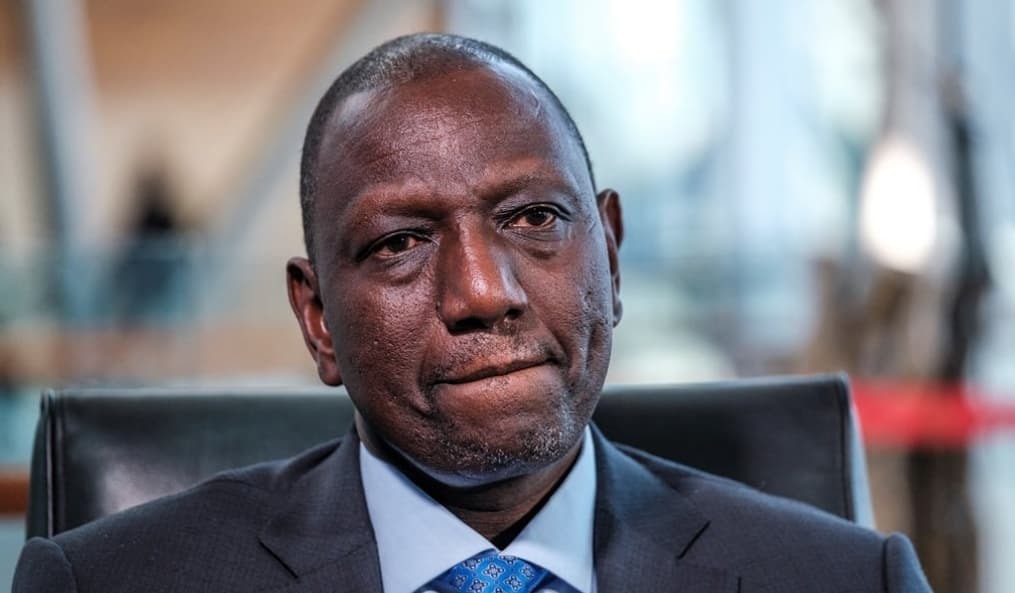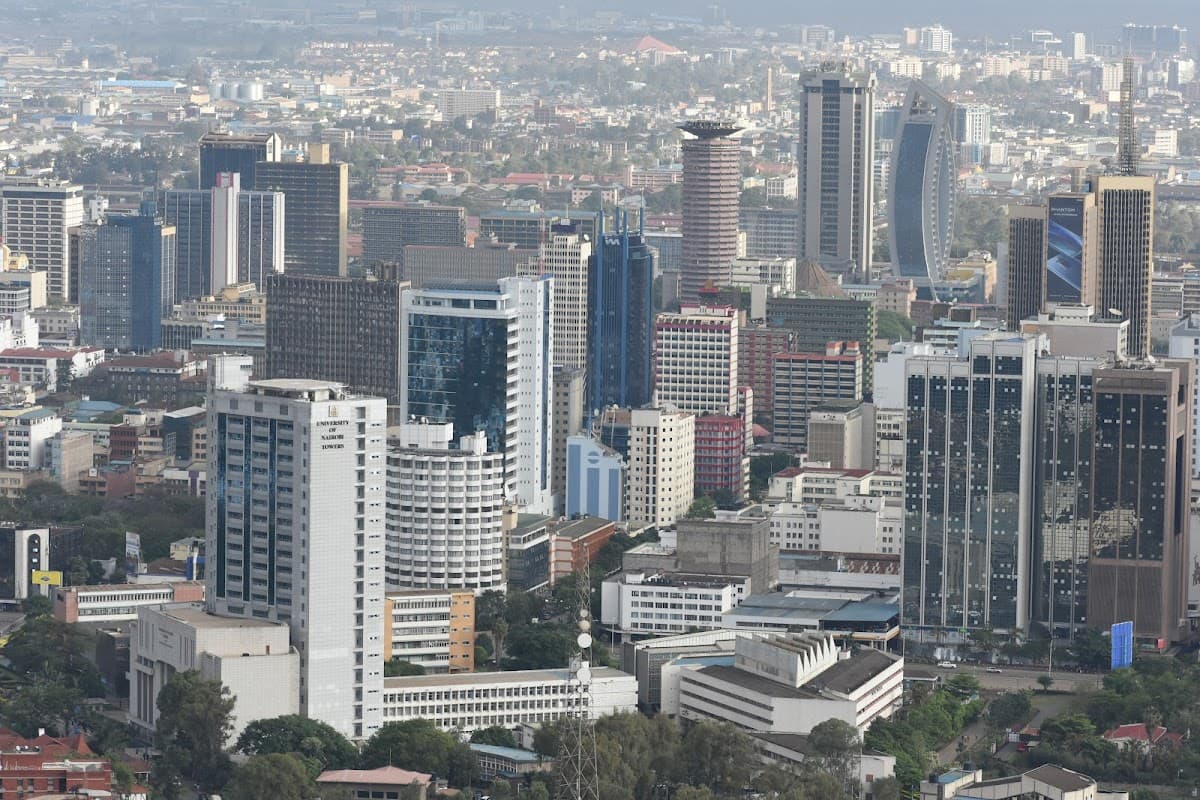Ugandan President Yoweri Museveni has raised concerns over the high levels of poverty in the country, revealing that many citizens have never touched a million Ugandan shillings.
Specifically, more than 50% of Ugandans have never touched Uganda Shillings 1M or Kenya shillings 33,000 or USD 254 in their entire lives.
Speaking on Tuesday, February 25, 2025, during his Presidential Zonal Tours for the Parish Development Model (PDM) program, President Museveni Expressed shock at the discovery.
“𝐓𝐡𝐞𝐫𝐞 𝐚𝐫𝐞 𝐩𝐨𝐨𝐫 𝐩𝐞𝐨𝐩𝐥𝐞 𝐰𝐡𝐨 𝐡𝐚𝐯𝐞 𝐧𝐞𝐯𝐞𝐫 𝐭𝐨𝐮𝐜𝐡𝐞𝐝 𝐚 𝐦𝐢𝐥𝐥𝐢𝐨𝐧 [𝐬𝐡𝐢𝐥𝐥𝐢𝐧𝐠𝐬]. 𝐒𝐨 𝐦𝐚𝐧𝐲 𝐩𝐞𝐨𝐩𝐥𝐞 𝐢𝐧 𝐭𝐡𝐢𝐬 𝐜𝐨𝐮𝐧𝐭𝐫𝐲 𝐡𝐚𝐯𝐞 𝐭𝐨𝐥𝐝 𝐦𝐞 𝐭𝐡𝐚𝐭 𝐭𝐡𝐞𝐲 𝐡𝐚𝐯𝐞 𝐧𝐞𝐯𝐞𝐫 𝐭𝐨𝐮𝐜𝐡𝐞𝐝 𝐚 𝐦𝐢𝐥𝐥𝐢𝐨𝐧. 𝐘𝐨𝐮 𝐜𝐚𝐧 𝐢𝐦𝐚𝐠𝐢𝐧𝐞 𝐚𝐭 𝟔𝟒 𝐲𝐞𝐚𝐫𝐬, 𝐭𝐡𝐞𝐫𝐞 𝐚𝐫𝐞 𝐬𝐭𝐢𝐥𝐥 𝐩𝐞𝐨𝐩𝐥𝐞 𝐰𝐡𝐨 𝐡𝐚𝐯𝐞 𝐧𝐞𝐯𝐞𝐫 𝐭𝐨𝐮𝐜𝐡𝐞𝐝 𝐚 𝐦𝐢𝐥𝐥𝐢𝐨𝐧 𝐬𝐡𝐢𝐥𝐥𝐢𝐧𝐠𝐬,” he said.
In response, the president announced plans to increase PDM funding, emphasizing the program's role in wealth creation.
Launched in the 2021/22 financial year, PDM is a government initiative aimed at driving socio-economic transformation by empowering households at the parish level to improve their incomes and livelihoods.
Currently, each eligible beneficiary receives Ugsh. 1 million, but Museveni noted that any future increases would depend on how effectively the targeted 36% of households utilize the existing funds.
Museveni began his tour of the Ankole sub-region on February 25, 2025, visiting the districts of Rubirizi, Sheema, and Ibanda. He met with PDM beneficiaries to assess the program’s impact and reinforce the government’s wealth-creation agenda.
Uganda's economy grew 6 percent in the financial year 2023/2024 compared to 5.3 percent in 2022/2023, according to the Ministry of Finance, Planning and Economic Development.
Uganda’s economy expanded 4.6% in 2023, lower than the 6.3% registered in 2022. Despite strong performance in mining, construction, and hospitality, lower manufacturing output and contractions in food production and public administration led to the slowdown.
Tight fiscal policy contributed to slower economic growth, despite large investments in oil and gas. Consumer demand and foreign investment remain robust.
Monetary policy has been tight, with the Bank of Uganda setting the policy rate at 10.25%. Inflation declined from 7.2% in 2022 to 5.5% in 2023. Net foreign assets declined during the second half of 2023, marginally depreciating the shilling–US dollar exchange rate by 1.8% in 2023.
The government continues its fiscal consolidation, focusing on reducing current and development expenditures more than on boosting domestic revenue.
The deficit narrowed from 7.4% of GDP in 2021/22 to an estimated 5.1% in 2022/23. Since the rapid rise in public debt in response to the Covid-19 pandemic, public borrowing has been stabilizing.
Despite a small increase in the debt-to-GDP ratio from 46.3% in 2020 to 49.6% in 2023, the risk of public debt distress is moderate, with the debt level considered sustainable.
The account deficit narrowed in 2023 but remained elevated at 7.9% of GDP. With the ratio of nonperforming loans to gross loans at 4.6% and a capital adequacy ratio (tier-1 capital to risk-weighted assets) of 25.3% in 2023, the financial sector remains well capitalized and able to withstand external shocks.
Previous gains in poverty reduction are reversing, with the poverty rate rising from 21.4% in 2017 to 30.1% in 2020 and increasing in subsequent years until December 2024.
